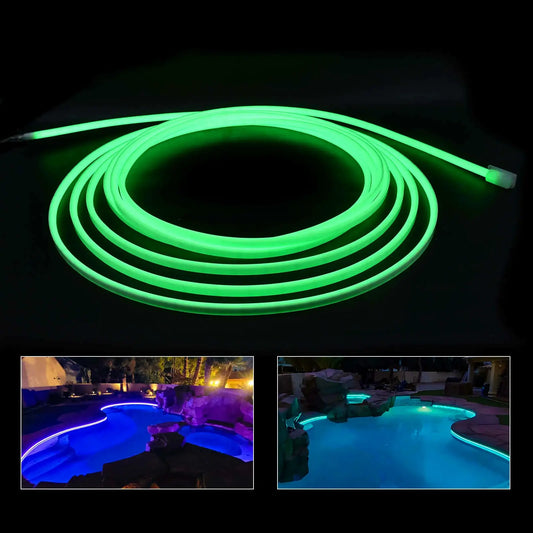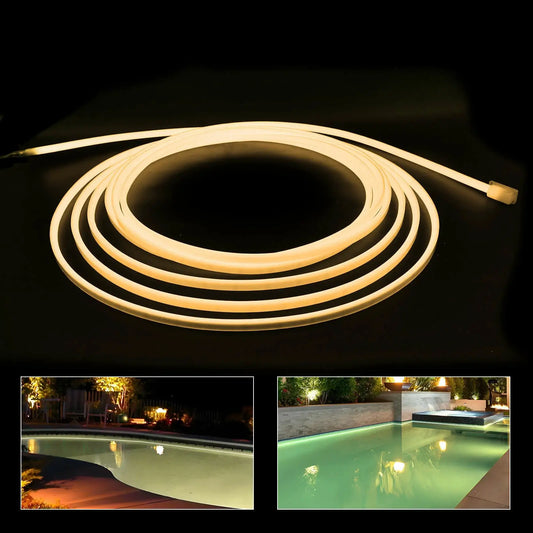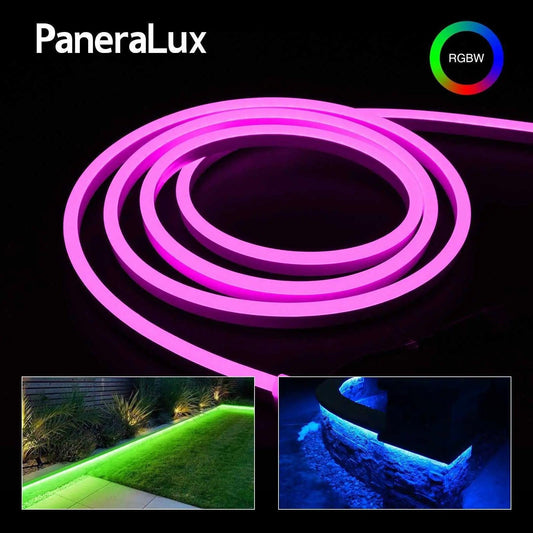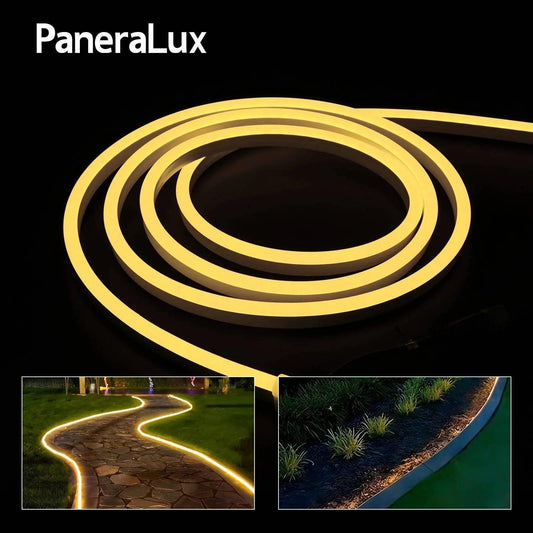
Best Technical Practices for Installing Pool Underwater and Step Lighting
Published: Last Updated: Estimated Reading time: 5 minsEntering a backyard pool at night with the appropriate mood lighting that hits differently. The water feels alive, the ambient changes in a flash of a second, and now your pool is not just a pool anymore; it is the focal point of the night. So here is the trick: winning the wow factor does not only consist of adding some lights and hoping for the best. It is about mounting them properly.
When done wrong, lighting can seem like an afterthought. However, if done properly, it's a game-changer. With today's pool underwater lighting, it is more than simple to mix safety, efficiency, and serious backyard vibes.
But then what’s the real trick behind installing it as a pro? What do you put into ensuring the glow is even, the wiring is safe, and the design is as nice in five years as on day one?
Let’s dig in.
Table of Contents:
Safety First, Always
Consider safety before you think about the glow. Electricity and pools may be a hazardous combination when cutting corners. Spare no waterproofing. All connections would need to be wet-rated, and junction boxes and conduit must be tightly sealed. Working outdoors, weatherproofing is not only about rain but also concerning sun, temperature variations, and even pool chemicals.
Plan the Layout Like a Designer
Lighting is not simply a matter of illumination; it’s a matter of experience. This is why the placement is important.
For underwater lights, start by mapping the pool’s shape and depth. Larger pools typically require lights on opposite sides for even coverage, whereas smaller or freeform pools may only need a couple. Be mindful not to point lights directly at seating areas- no one wants to be blinded while relaxing.
As far as steps are concerned, spacing is very important. As an outdoor guideline, use LED lights for steps outside pathways as a guide: evenly placed fixtures prevent dark spots and help guests see where they’re going without breaking the mood. Bonus points are awarded to a design that combines functional safety lighting with accent lighting that brings out water features or landscaping.
Choose LEDs for Efficiency and Longevity
This isn’t the 1990s - incandescent pool lamps are dinosaurs by now. LEDs are standard and rightly so. They use a fraction of the energy, last longer, and come with flexible options for brightness and color.
Feel like switching the relaxing blue glow to a party-ready rainbow? With modern LED systems, it is as simple as pressing a button - or even from your phone. And since they run cooler than the conventional bulbs, they’re safer and less demanding on your pool’s infrastructure.
Wiring Done Right (No Exceptions)
Running low-voltage wiring through conduits is the safest approach, protecting cables from water and physical damage. Always use wire rated for direct burial or wet environments if any runs are underground.
One of the good tricks the pros use during installation is running extra conduit. It won’t be necessary now, but it will provide you with the options to expand or replace your setup without tearing everything apart later.
Depth and Angle Matter More Than You Think
A common mistake? Installing underwater fixtures too close or at the wrong angle. Shallow placements are capable of causing bad glare at the surface rather than a smooth glow in the water. Ideally, pool lights should sit about 18 inches below the waterline, angled slightly downward to illuminate without overwhelming.
For steps, fixtures must cling to the rise of each step. That way, they guide movement naturally without casting big, distracting shadows.
Smart Controls = Smart Living
In 2025, there is simply no point in using a simple on/off switch. Smart systems allow adjusting the brightness, color, and setting the schedule directly from the phone. Imagine dimming the lights for a late-night swim and having them turn off automatically after midnight. Efficiency plus convenience.
When installing new lighting, check compatibility with smart hubs or pool automation systems. It is better to integrate now than to retrofit later.
Regular Maintenance Keeps the Glow Going
Even the best installation needs upkeep. Check seals annually to make sure no water has crept in. And if you’re winterizing your pool, take a moment to test lighting systems too. A few minutes of care go a long way toward avoiding costly repairs.
Wrapping It Up
Excellent pool lighting does not just happen on its own; it requires smart planning, proper placement, and a little design flair.
When underwater and step lighting are installed correctly, they do more than just keep swimmers safe. They set the tone of parties, leave you with late-night memories, and make your backyard feel like a resort.
FAQs
Q: How many underwater lights does my pool need?
A: It depends on size and shape. A typical backyard pool usually needs 2–4 well-placed fixtures for even lighting.
Q: Can I install pool lighting myself?
A: While some DIY kits exist, it’s strongly recommended to hire a licensed electrician for anything involving wiring around water. Safety isn’t the place to cut corners.
Q: Are LEDs worth the higher upfront cost?
A: Absolutely. LEDs use less energy, last far longer, and give you more control options than traditional bulbs. The savings in energy bills and replacements pay off over time.
Q: How long do LED pool lights last?
A: Most high-quality LEDs run 30,000–50,000 hours — that’s many years of regular use before needing replacement.
Q: What’s the biggest mistake to avoid with step lighting?
A: Poor spacing. Lights that are too far apart leave dark zones, while overcrowding looks harsh. Aim for even coverage that guides without overwhelming.




